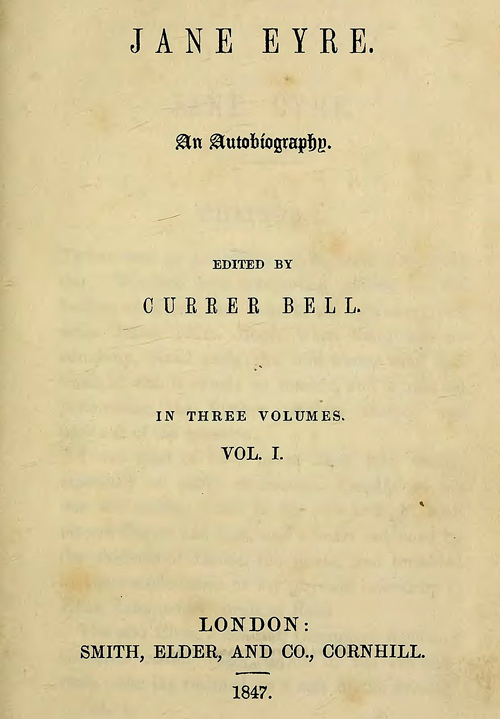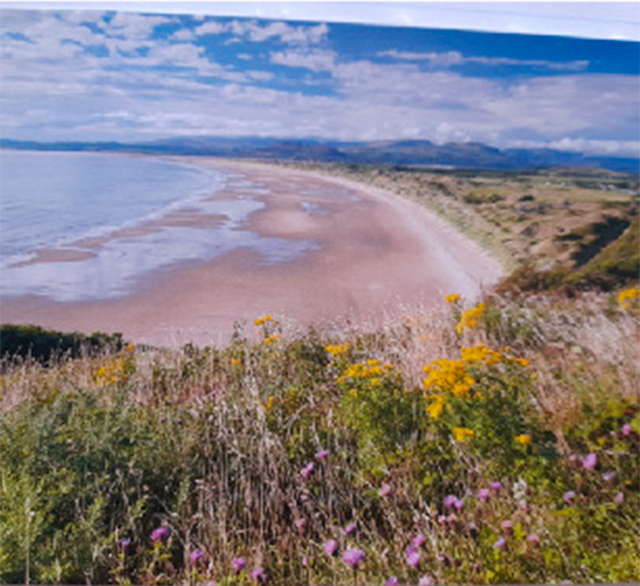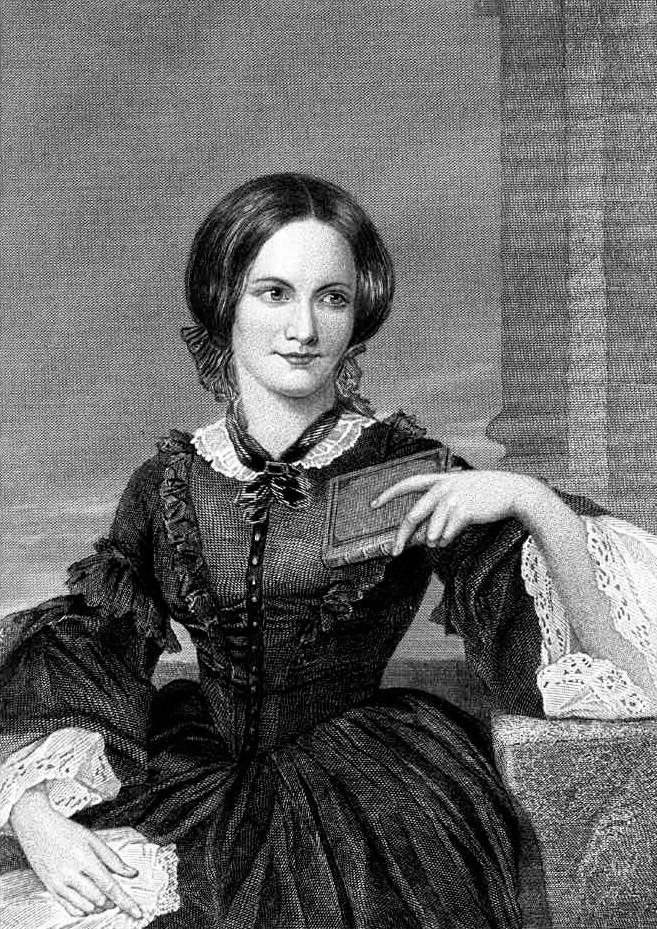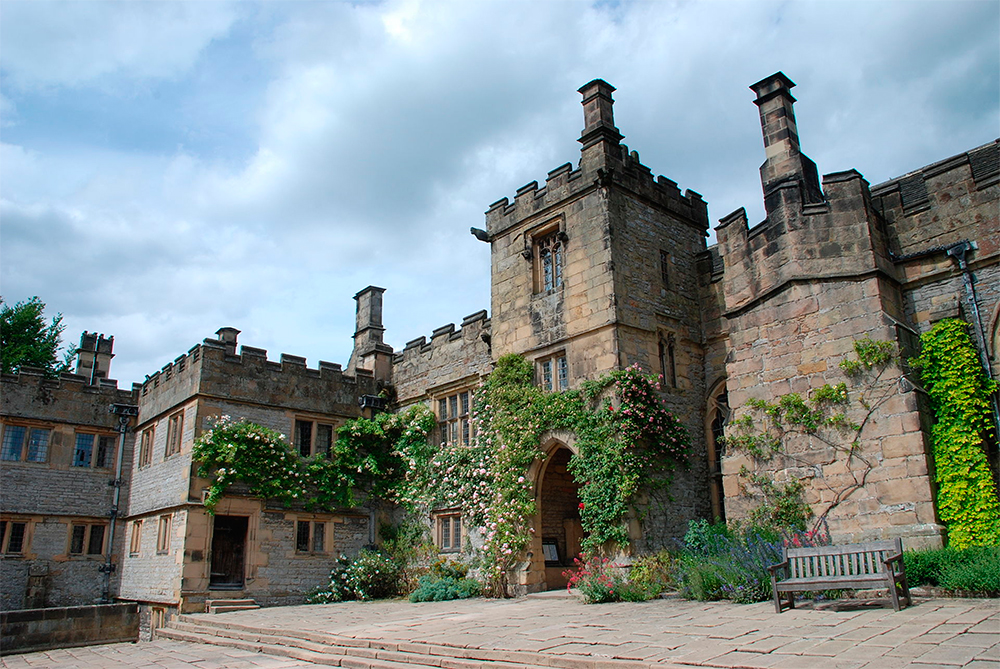
In 1996 the sublime Italian director Franco Zeffirelli signed one of his greatest masterpieces: Jane Eyre, a film for the silver screen, inspired by Charlotte Bronte's novel; Charlotte Gainsbourg and William Hurt were perfect for their roles. Zeffirelli wanted to convey the very mood and themes of the Victorian novel: a tormented passion born in the English Yorkshire heath and moulded by its harsh and wild landscape: you can smell the damp moss and rejoice at the green valleys swept by the wind. Jane Eyre, told through a sensitive firstperson narrative, was published in 1847. Jane, an orphaned girl, aged 10, lives with the Reeds, her uncle and aunt, at Gateshead Hall; her aunt doesn't love her: she locks her in the Red Room as punishment; she lives an unhappy childhood. Her aunt sends her to Lowood Institution, led by Mr.Brocklehurst, the worst example of inhuman Victorian strictness, where children receive poor meals, they wear thin clothes in cold and unhealthy rooms; they are above all subjected to body punishment, such as lashing, as Mr.Brockle hurst maintains that all children are born sinners and liars: the Devil dwells in them! Jane befriends sweet Helen Burns who soon dies of consumption. Despite hard life at Lowood, Jane is strong, after eight years she has become a teacher; she accepts a job as a governess to Adele Varens, a young French girl, at Thornfield Hall offered by Mrs. Fairfax, the housekeeper. One day Jane meets a mysterious rider, whose horse slips on ice and throws him on the ground. The horseman angrily tells Jane that it's her fault because she has" bewitched his horse "! She then learns that this man is Adele's father Edward Rochester, master of the house. Adele's mother, a French dancer abandoned her. Mr.Rochester is arrogant and surly but nonetheless they come to enjoy each other's company: they both have strong tempers. At this point of the novel some gothic elements begin to appear: unsettling laugh and screams coming from the attic: it's Grace Poole, a mad servant; a sudden fire in Mr.Rochester's room. He's saved by Jane and they start to feel something deep for each other. The next day Edward leaves and comes back a few days later with a beautiful lady: Blanche Ingram; Jane is jealous. Meanwhile Jane's aunt is dying and she decides to leave to tend to her. Mrs.Reed confesses that she cheated her, hiding a letter by Jane's uncle in which he names her as his heir. Jane goes back to Thornfield Hall and understands that Mr.Rochester is going to marry Blanche but he then tells her that he will miss her; they discover to love each other; he asks Jane to marry him. Everything is ready, the wedding starts but a mysterious man appears: it's Mr.Mason, the man from Jamaica, he states that the marriage cannot take place as Mr.Rochester is already married to Bertha, Creole born, a mad woman living in the attic of the house. This goes against Jane's Christian values. Jane compels herself to leave despite her love for him. She travels across the moor and exhausted she reaches her cousins' home. St.John Rivers, her clergyman cousin and missionary proposes to her but she refuses. Jane hears Mr.Rochester's voice calling her name. She goes back and finds Thornfield Hall fuming ruins; Bertha has set the house on fire, dying jumping down from the roof. Rochester has lost a hand and is blind. He's overjoyed by her return but fears she won't want him anymore. Jane tells him that she will never leave him again; they can marry now and live in the woods at Ferndean Manor. Edward gains back his sight and sees their new born son. The character of Jane Eyre represents a very real and strong-willed woman, anticipating post-Victorian feminism. The character of Bertha, Mr.Rochester's former wife can show racist ideas, as a mixed race is described as mad. Mr.Rochester is the best example of Byronic hero, pushed by and slave to his untamable temper and passion: the very Romantic spirit. Jane Eyre is above all a magnificent work-of-art of the Victorian literature in which its very soul is the English moor... There can be a perfect comparison to Charlotte Bronte.
*.*.*
Testo e traduzione di Arianna Bellucci
JANE EYRE,
ROMANZO DI CHARLOTTE BRONTE: VITA NELLA BRUGHIERA

Nel 1996 il sublime regista italiano Franco Zeffirelli firmò uno dei suoi più grandi capolavori: Jane Eyre, un film per il grande schermo, ispirato al romanzo di Charlotte Bronte; Charlotte Gainsbourg e William Hurt erano perfetti per i loro ruoli. Zeffirelli voleva trasmettere l'ambientazione e le tematiche vere e proprie del romanzo vittoriano: una passione tormentata nata nella brughiera inglese dello Yorkshire, plasmata dal suo paesaggio aspro e selvaggio: si può sentire il muschio umido e gioire delle verdi vallate spazzate dal vento. Jane Eyre, raccontato attraverso una sensibile narrazione in prima persona, fu pubblicato nel 1847. Jane, una bambina orfana di 10 anni, vive con i Reeds, suo zio e sua zia a Gateshead; sua zia non le vuole bene; la rinchiude nella Stanza Rossa come punizione, ella vive un'infanzia infelice. Sua zia la manda nell'Istituto Lowood, diretto dal Sign.Brocklehurst, il peggior esempio di disumana disciplina vittoriana, dove i bambini ricevono miseri pasti, indossano vestiti sottili in stanze gelide ed insalubri; sono soprattutto sottoposti alla punizione corporale come la fustigazione, poiché il Sign. Brocklehurst sostiene che tutti i bambini sono nati peccatori e bugiardi: il Demonio dimora in loro! Jane fa amicizia con la dolce Helen Burns, che presto muore di tisi. Nonostante la dura vita a Lowood, Jane è forte e dopo 8 anni è diventata un'insegnante; ella accetta un impiego come istitutrice per Adele Varens, una bambina francese, a Thornfield Hall, offerto dalla Signora Fairfax, la governante. Un giorno Jane incontra un misterioso cavaliere, il cui cavallo scivola sul ghiaccio e lo lancia a terra. L'uomo a cavallo dice rabbiosamente a Jane che è colpa sua perché ha "stregato il suo cavallo"! Ella viene poi a sapere che quest'uomo è il padre di Adele, Edward Rochester, il padrone di casa. La madre di Adele, una ballerina francese, l'ha abbandonata. Il Sign. Rochester è arrogante e scontroso ma ciononostante arrivano a gradire la compagnia reciproca: entrambi hanno caratteri forti. A questo punto del romanzo alcuni elementi gotici iniziano ad apparire: inquietanti risate e grida provenienti dalla mansarda; è Grace Poole, una domestica pazza, un incendio improvviso nella stanza del Sign.Rochester. È salvato da Jane ed essi iniziano a sentire qualcosa di profondo reciprocamente. Il giorno seguente Edward parte e ritorna alcuni giorni dopo con una bellissima signora: Blanche Ingram; Jane è gelosa. Nel frattempo la zia di Jane sta morendo ed ella decide di partire per accudirla. La Signora Reed confessa di averla ingannata, nascondendole una lettera dello zio di Jane in cui egli la nomina sua erede. Jane ritorna a Thornfield Hall e viene a sapere che il Sign.Rochester sta per sposare Blanche ma egli poi le dice che sentirà la sua mancanza; scoprono di amarsi; egli chiede a Jane di sposarlo. Tutto è pronto, il matrimonio inizia ma un uomo misterioso appare: è il Sign.Mason, l'uomo dalla Jamaica, egli afferma che il matrimonio non può avere luogo poiché il Sign.Rochester è già sposato con Bertha, di origini creole, una donna pazza che vive nella mansarda della dimora. Questo va contro i valori cristiani di Jane. Jane costringe se stessa a partire nonostante il suo amore per lui. Ella viaggia attraverso la brughiera e stremata raggiunge la casa dei suoi cugini. St.John Rivers, suo cugino curato e missionario si propone a lei ma ella rifiuta. Jane sente la voce di Rochester che la chiama. Ritorna e trova le rovine fumanti di Thornfield Hall;
Bertha ha dato fuoco alla casa, ed è morta saltando giù dal tetto. Rochester ha perso una mano ed è cieco. È pieno di felicità per il suo ritorno ma teme che ella non lo vorrà più. Jane gli dice che non lo lascerà mai più, possono sposarsi ora e vivere nei boschi di Ferndean Manor. Edward riacquista la vista e vede il loro bambino. Il personaggio di Jane Eyre rappresenta una donna molto vera e tenace, anticipando il femminismo post-vittoriano. Il personaggio di Bertha, l'ex moglie di del Sign.Rochester può mostrare idee razziste poiché una razza mista è descritta come pazza. Il Sign.Rochester è il migliore esempio di eroe byroniano, schiavo e spinto dal suo temperamento e dalle sue passioni indomiti: l'autentico spirito Romantico. Jane Eyre è soprattutto una magnifica opera d'arte della letteratura vittoriana in cui la sua anima autentica è la brughiera inglese... ci può essere un perfetto paragone con la vita di Charlotte Bronte.

based on a drawing by George Richmond - (Fonte Wikipedia) |

(Fonte Wikipedia) |
JANE EYRE
A NOVEL BY CHARLOTTE BRONTE : LIFE IN THE MOOR
